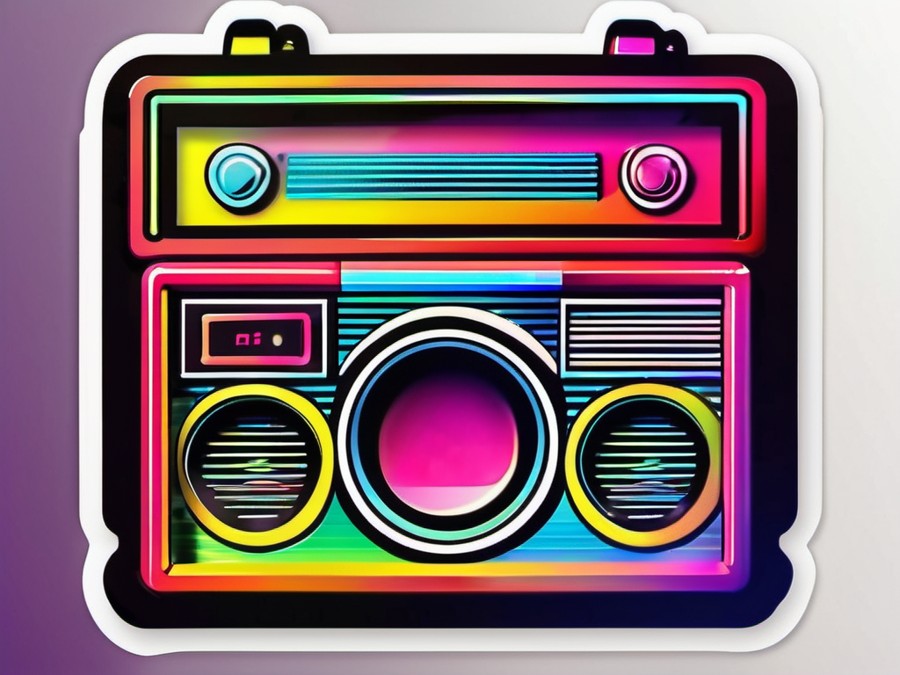· Charlotte Will · Car Audio · 7 min read
What is Car Audio Frequency Response and Why Does It Matter?
Understand why car audio frequency response matters and learn how to achieve a balanced sound for an immersive driving experience. Explore low, mid, and high frequencies, plus tips to enhance your system's performance.

Ever wondered why some car audio systems sound amazing while others fall flat? The answer lies in a crucial aspect called frequency response. Understanding what car audio frequency response is and why it matters can transform your driving experience from bland to exhilarating. Let’s dive in!
Understanding the Basics of Frequency Response in Car Audio
What is Frequency Response?
Imagine a spectrum where different frequencies represent various musical notes. Frequency response in car audio refers to the range of sound frequencies that a system can produce, usually measured in Hertz (Hz). It’s like tuning a piano to ensure all keys sound correct.
Why Does Frequency Range Matter?
Low, mid, and high frequencies are the building blocks of sound. If your audio system can’t cover these ranges, you miss out on crucial elements like bass (low frequencies), vocals and instruments (mid frequencies), and clarity (high frequencies).
The Role of Hertz (Hz) in Car Audio Systems
Hertz (Hz) is the unit measuring frequency. Lower Hz represent deeper bass, while higher Hz denote crisp treble. Balancing these frequencies is key to achieving a rich and full sound.
Low Frequency in Car Audio: The Bass
What is Low Frequency?
Low frequency (20-250 Hz) is responsible for the throaty bass you feel in your chest. It’s the rumble and depth that make music dynamic and engaging.
Why is Bass Important in Car Audio?
Bass provides the foundation for your music. Without it, songs can sound flat and lifeless, like a cake without sugar. A robust bass response isn’t just about volume but the quality and depth of low notes.
Components Focused on Low Frequency
Subwoofers are specialized speakers designed to handle low frequencies. They’re often paired with woofers, which cover the lower midrange. Powerful amplifiers are also crucial for driving these components effectively without distortion.
Mid Frequency in Car Audio: The Core of Sound
What is Mid Frequency?
Mid frequencies (250-4,000 Hz) are where most of the music’s detail resides. This range encompasses vocals, guitars, and other primary instruments.
Why is Midrange Crucial for Car Audio?
Midrange clarity ensures you can distinguish between different instruments and vocals. A well-balanced midrange makes your music sound natural and immersive, like being at a live concert.
Components Focused on Mid Frequency
Midrange drivers are designed to handle this frequency range. They’re crucial for ensuring that your audio isn’t muddled or indistinct.
High Frequency in Car Audio: The Treble
What is High Frequency?
High frequencies (above 4,000 Hz) deal with the bright and airy aspects of sound. This range includes cymbals, high-pitched vocals, and other intricate details that add sparkle to your music.
Why is Treble Important in Car Audio?
High frequencies bring clarity and definition, making the audio sound crisp and clear. Without them, music can be muddy and difficult to appreciate.
Components Focused on High Frequency
Tweeters are small speakers that handle high frequencies. They’re often directional, focusing the sound towards your ears for better clarity.
Flat Frequency Response: The Holy Grail of Car Audio
What is Flat Frequency Response?
A flat frequency response means that your car audio system reproduces all frequencies at equal volume, without any dips or peaks. It’s about creating a balanced sound that faithfully represents the original recording.
Why Aim for a Flat Response?
Flat frequency response ensures that every aspect of your music is heard clearly, from deep bass to sparkling treble. Achieving this balance transforms your audio experience into something truly exceptional.
How to Achieve a Balanced Car Audio Frequency Response
Understanding Crossovers
Crossovers are electronic components that route specific frequency ranges to the appropriate speakers. They’re crucial for ensuring that your woofer doesn’t try to handle high frequencies (which it can’t) and that your tweeter isn’t overwhelmed by bass.
Using Equalizers (EQ) for Balance
Equalizers (EQ) allow you to adjust the volume of specific frequency ranges. By fine-tuning your EQ, you can balance out any weaknesses in your system and achieve a more harmonious sound.
The Importance of Component Quality
High-quality components are the backbone of a balanced frequency response. Premium speakers, amplifiers, and subwoofers are designed to handle their respective frequency ranges more effectively, providing a richer and more accurate audio experience.
Common Misconceptions About Car Audio Frequency Response
Myth: More Bass Means Better Sound
While bass is important, an overemphasized low end can muddy the overall sound. A balanced system ensures that every frequency contributes equally to the musical experience.
Myth: You Can’t Hear High Frequencies Well in Cars
The acoustics of a car can indeed pose challenges, but well-placed tweeters and proper sound deadening can enhance high-frequency perception effectively.
Real-World Examples: Frequency Response in Action
Story 1: The Bass Head
Imagine a car system where the bass is cranked to the max, drowning out everything else. This imbalance can make your music sound boomy and tiresome, missing out on the nuances that make songs enjoyable.
Story 2: The Audiophile in Motion
Now, envision a car with a balanced frequency response. You can hear the deep bass clearly, but it doesn’t overpower the midrange or highs. Every instrument and vocal is distinct, making your drive a concert-like experience.
Improving Car Audio Frequency Response: Tips and Tricks
Upgrade Your Components
Investing in high-quality speakers, amplifiers, and subwoofers can dramatically improve your system’s frequency response. Look for components that are known for their accuracy and balance.
Professional Tuning Services
Professional tuning can make a world of difference. An expert can calibrate your system to ensure it’s performing at its best, balancing all frequencies for a superior listening experience.
Frequency Response and Sound Perception: The Science
How Human Hearing Works
Our ears are sensitive to a broad range of frequencies, from roughly 20 Hz (deep bass) to 20,000 Hz (high treble). Balancing these frequencies ensures that your car audio system caters to the full spectrum of human hearing.
The Audio Spectrum and Human Perception
Low frequencies provide depth, mid frequencies offer detail, and high frequencies bring clarity. Balancing these ranges ensures that your music sounds natural, engaging, and true to the original recording.
Conclusion
Understanding car audio frequency response is key to unlocking a superior audio experience. By balancing low, mid, and high frequencies, you can achieve a rich and engaging sound that makes every drive feel like a concert. From investing in high-quality components to fine-tuning your EQ, every step contributes to a more harmonious and enjoyable listening experience.
Frequently Asked Questions (FAQs)
What is the ideal frequency response range for car audio?
The ideal range varies, but generally, you want coverage from at least 20 Hz to 20,000 Hz. Premium systems often extend beyond this range for an even more immersive experience.
How can I measure the frequency response of my car audio system?
You can use specialized equipment like a real-time analyzer (RTA) or software tools to measure your system’s response. This will give you insight into where adjustments might be needed.
What does dB (decibel) mean in the context of car audio frequency response?
dB (decibel) is a unit measuring the intensity of sound. It’s crucial for understanding volume levels and ensuring that all frequency ranges are balanced.
How does road noise affect car audio frequency response?
Road noise can mask lower frequencies, making it harder to hear bass. Proper sound deadening and using components designed for car environments can help mitigate this issue.
Can aftermarket components improve my car’s frequency response?
Absolutely! High-quality aftermarket components are designed to offer more balanced and accurate frequency responses. Upgrading can significantly enhance your audio experience.
By incorporating these tips and understanding the science behind frequency response, you’ll be well on your way to enjoying a premium audio experience in your car. Happy listening!




